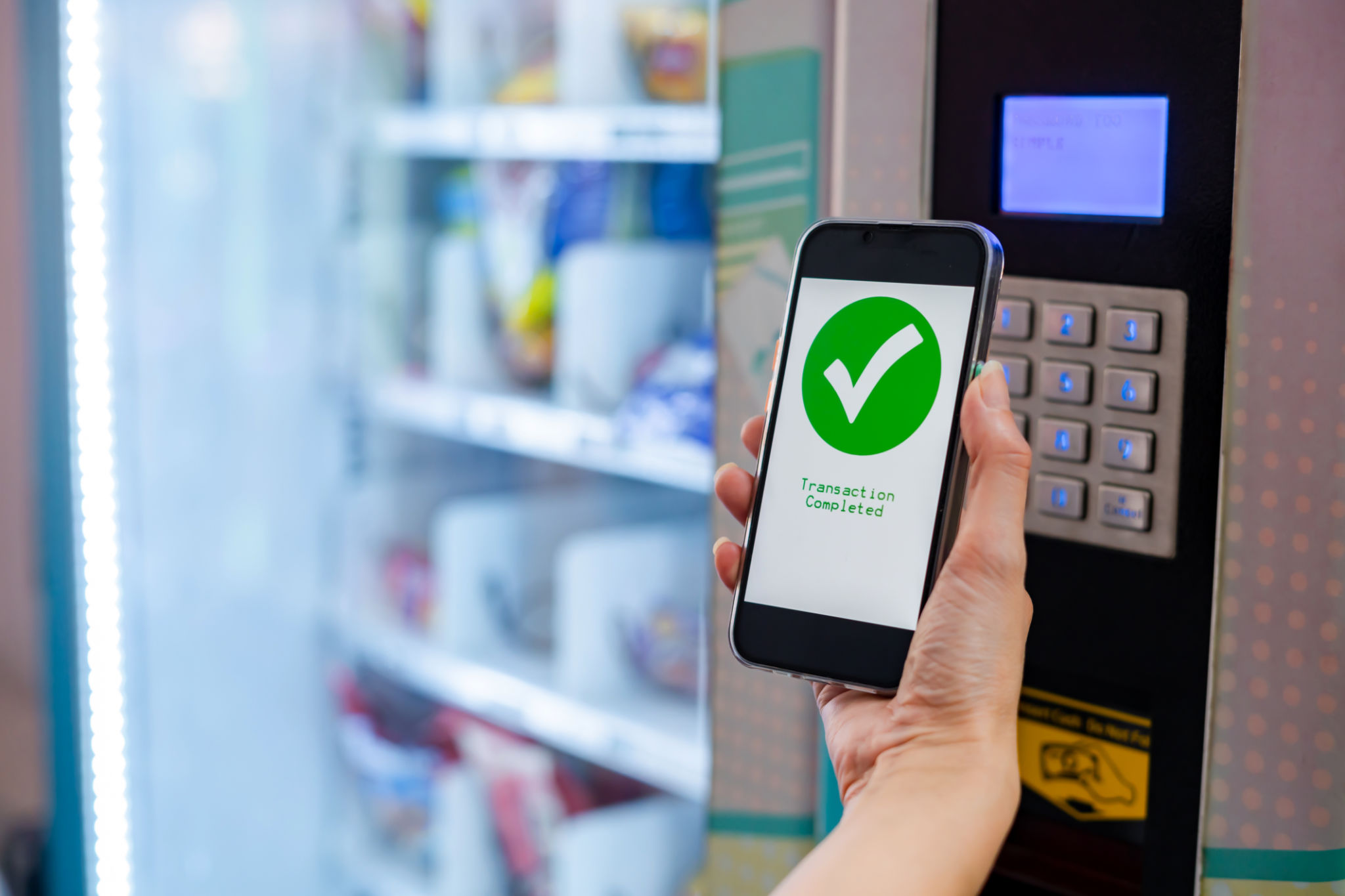Supporting Underserved Communities Through Innovative Vending Solutions
Understanding the Need for Innovative Vending Solutions
The landscape of retail and food service is evolving rapidly, with technology playing a transformative role. One area where this transformation is particularly impactful is in underserved communities, where traditional retail options may be limited. Here, innovative vending solutions are stepping in to fill the gap, providing access to essential goods and services.
Vending machines are no longer just dispensers of snacks and drinks; they have become versatile tools capable of offering a wide range of products, from fresh produce to personal care items. This evolution is particularly significant in areas where access to full-service grocery stores is sparse, offering residents a convenient and affordable way to purchase necessities.

The Role of Technology in Vending Solutions
Advanced technology is at the heart of these innovative vending solutions. Modern machines are equipped with smart sensors, cashless payment systems, and data analytics capabilities. These features not only enhance user experience but also allow operators to manage inventory effectively, ensuring that machines are always stocked with essential items.
Moreover, these technological advancements enable machines to be placed in strategic locations within communities. By analyzing data on usage patterns and preferences, operators can tailor their offerings to meet the specific needs of each community, ensuring that products are relevant and in demand.

Empowering Local Economies
Innovative vending solutions also have the potential to bolster local economies. By sourcing products from local suppliers and small businesses, vending machine operators can support local entrepreneurship and create jobs within the community. This approach not only strengthens economic ties but also reduces the carbon footprint associated with long-distance transportation of goods.
Additionally, many vending solution providers are partnering with local organizations and nonprofits to reinvest a portion of their profits back into the community. This model of shared value creation ensures that the benefits of these solutions are felt by all, fostering a sense of community ownership and pride.
Improving Health and Wellness
Access to healthy food options is a significant challenge in many underserved areas. Innovative vending solutions can play a pivotal role in addressing this issue by offering nutritious snacks and fresh produce. These machines can be strategically placed in schools, community centers, and workplaces to encourage healthier eating habits.
Furthermore, vending machines can be used to distribute health-related products such as masks, hand sanitizers, and over-the-counter medications. By improving access to these essential items, vending solutions contribute to the overall health and wellness of the community.

Challenges and Opportunities
While innovative vending solutions offer numerous benefits, they also face challenges. One major issue is ensuring that machines remain operational and stocked, particularly in areas with limited infrastructure support. However, advancements in remote monitoring and maintenance technologies are helping to address these challenges.
Another opportunity lies in expanding the types of products offered through vending machines. As technology continues to advance, there is potential for these machines to offer even more diverse goods and services, further enhancing their utility in underserved communities.
The Future of Vending in Underserved Communities
The future of vending solutions in underserved communities looks promising. As more companies recognize the potential of this market segment, we can expect increased innovation and investment in technology-driven solutions. These advancements will continue to improve access to essential goods and services, empowering communities and enhancing quality of life.
Ultimately, the success of these initiatives depends on collaboration between businesses, local governments, and community organizations. By working together, these stakeholders can ensure that innovative vending solutions reach their full potential in supporting underserved communities.